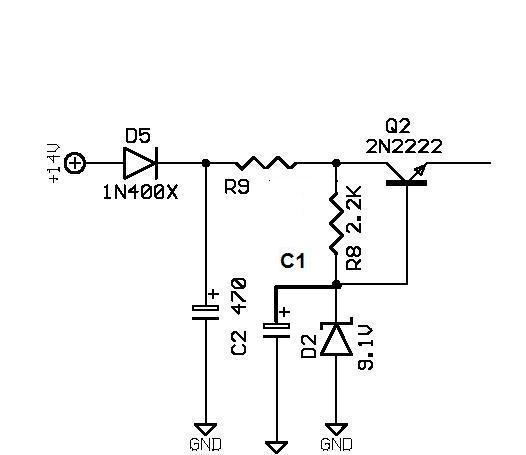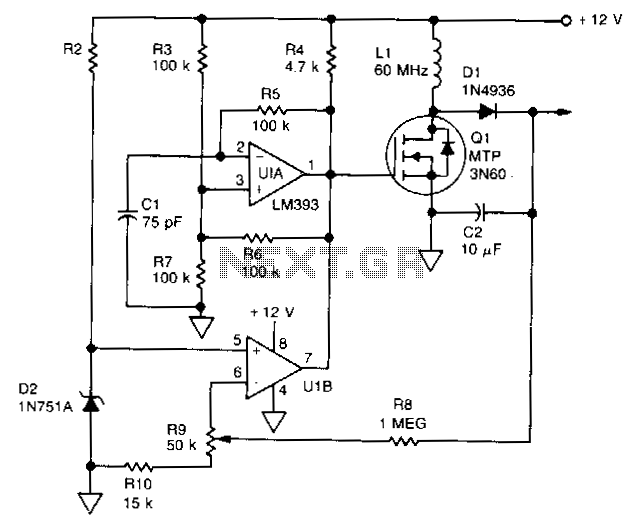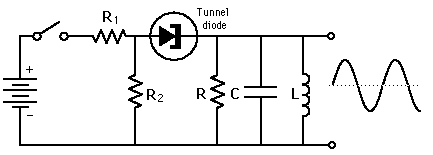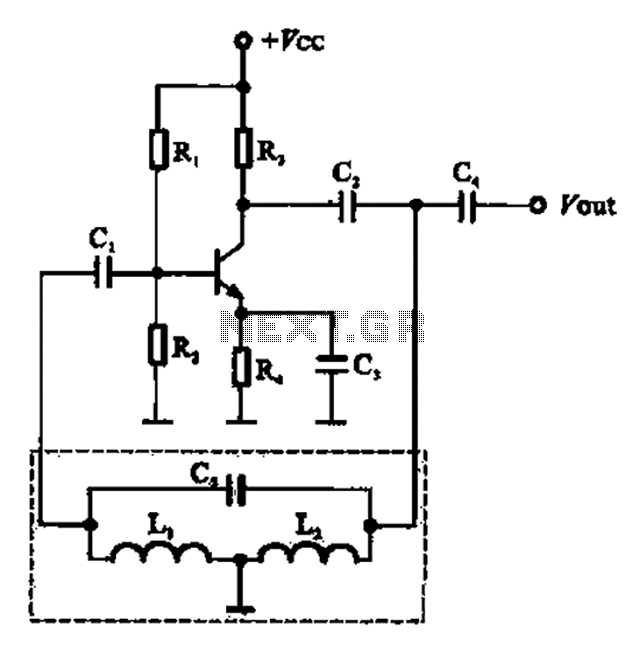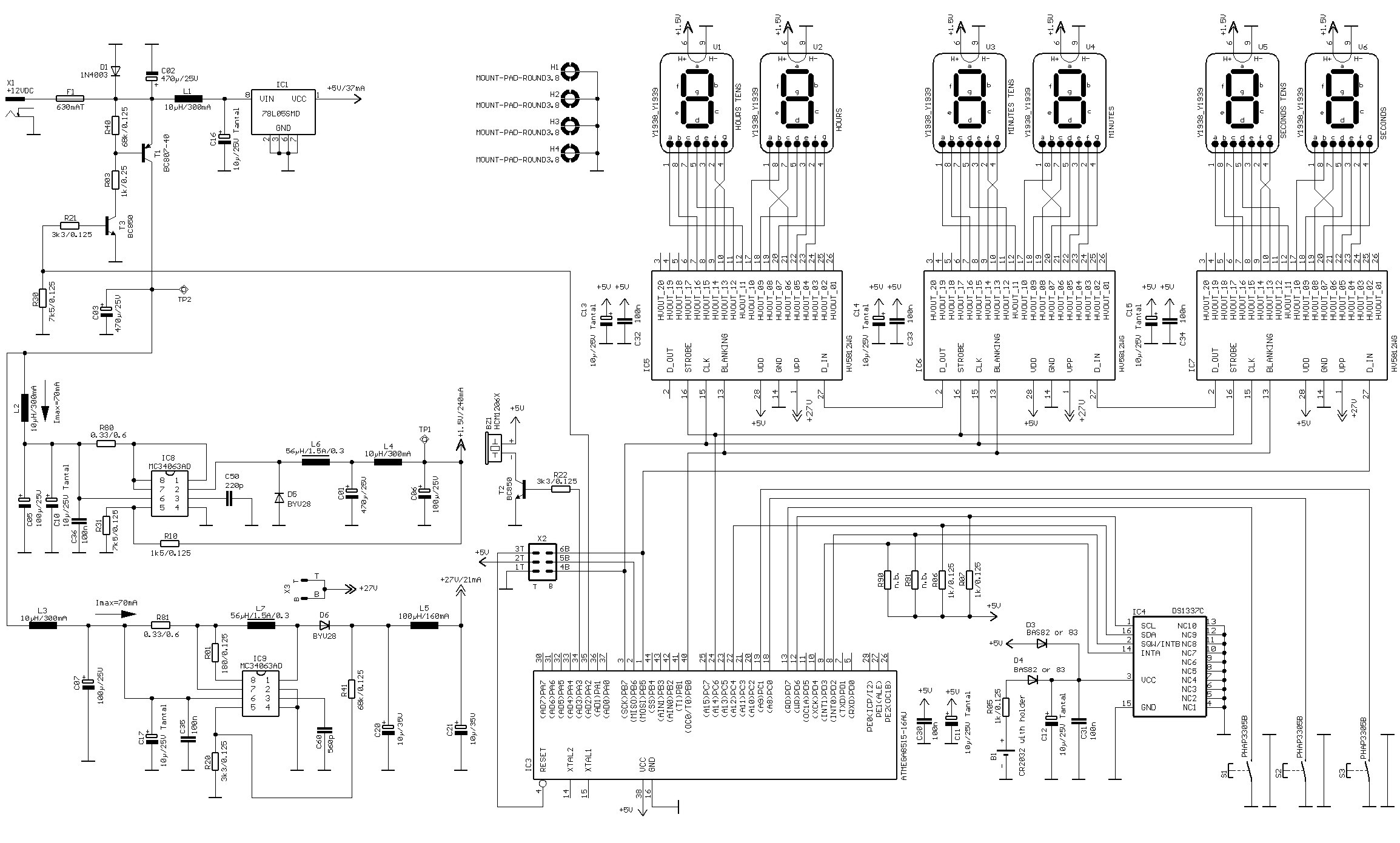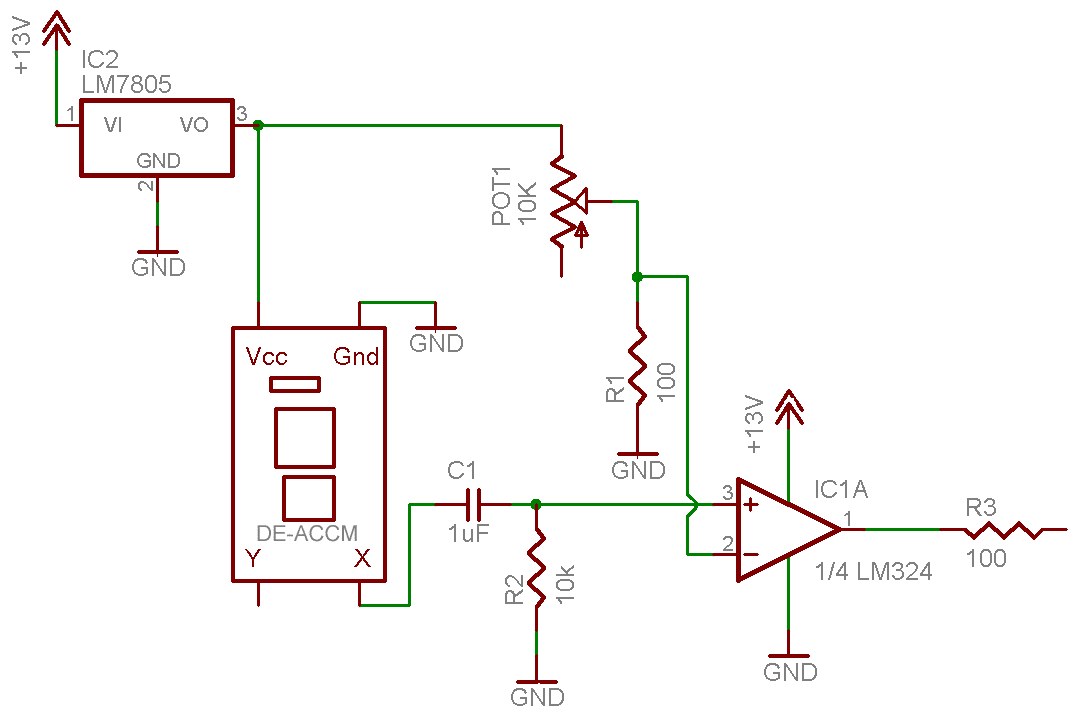
SEL2411AA Crystal Clock Oscillator 3.3 & 5V High Frequency ECL
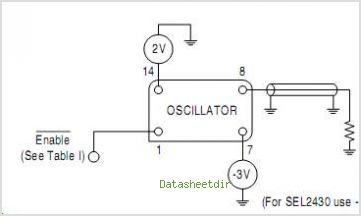
The SI2171 is a sub-package of the SI2170. For further details, please refer to the SI2170 description. The datasheet for the SI2171 can be downloaded from the link provided below. By Silicon Laboratories.
The SI2171 is a versatile integrated circuit designed for digital television and terrestrial applications. It is part of a family of devices that includes the SI2170, which serves as the primary controller for various functionalities. The SI2171 enhances the capabilities of its predecessor by providing additional features that cater to advanced signal processing requirements.
This device operates within a frequency range suitable for various broadcast standards and is equipped with a high-performance demodulator. The SI2171 supports multiple modulation schemes, including DVB-T, DVB-C, and ISDB-T, making it adaptable to different regional broadcasting formats. Its architecture is optimized for low power consumption, which is crucial for battery-operated devices and energy-efficient applications.
The integration of the SI2171 into a circuit design typically involves connecting it to an RF front-end, where it receives the modulated signals. The output of the SI2171 can be interfaced with a microcontroller or a digital signal processor (DSP) for further processing and decoding of the received data. The device features a serial interface for communication, allowing easy integration into existing systems.
The datasheet provides comprehensive information on electrical characteristics, pin configurations, and recommended operating conditions. It is essential to consult this document to ensure optimal performance and proper implementation within a circuit design. The SI2171 is an excellent choice for developers looking to create robust and efficient digital television solutions.SI2171 is a sub package of SI2170, If you need see the description, please click SI2170. If you need SI2171`s datasheet, please download it from below. By Silicon Laboratories 🔗 External reference
The SI2171 is a versatile integrated circuit designed for digital television and terrestrial applications. It is part of a family of devices that includes the SI2170, which serves as the primary controller for various functionalities. The SI2171 enhances the capabilities of its predecessor by providing additional features that cater to advanced signal processing requirements.
This device operates within a frequency range suitable for various broadcast standards and is equipped with a high-performance demodulator. The SI2171 supports multiple modulation schemes, including DVB-T, DVB-C, and ISDB-T, making it adaptable to different regional broadcasting formats. Its architecture is optimized for low power consumption, which is crucial for battery-operated devices and energy-efficient applications.
The integration of the SI2171 into a circuit design typically involves connecting it to an RF front-end, where it receives the modulated signals. The output of the SI2171 can be interfaced with a microcontroller or a digital signal processor (DSP) for further processing and decoding of the received data. The device features a serial interface for communication, allowing easy integration into existing systems.
The datasheet provides comprehensive information on electrical characteristics, pin configurations, and recommended operating conditions. It is essential to consult this document to ensure optimal performance and proper implementation within a circuit design. The SI2171 is an excellent choice for developers looking to create robust and efficient digital television solutions.SI2171 is a sub package of SI2170, If you need see the description, please click SI2170. If you need SI2171`s datasheet, please download it from below. By Silicon Laboratories 🔗 External reference
